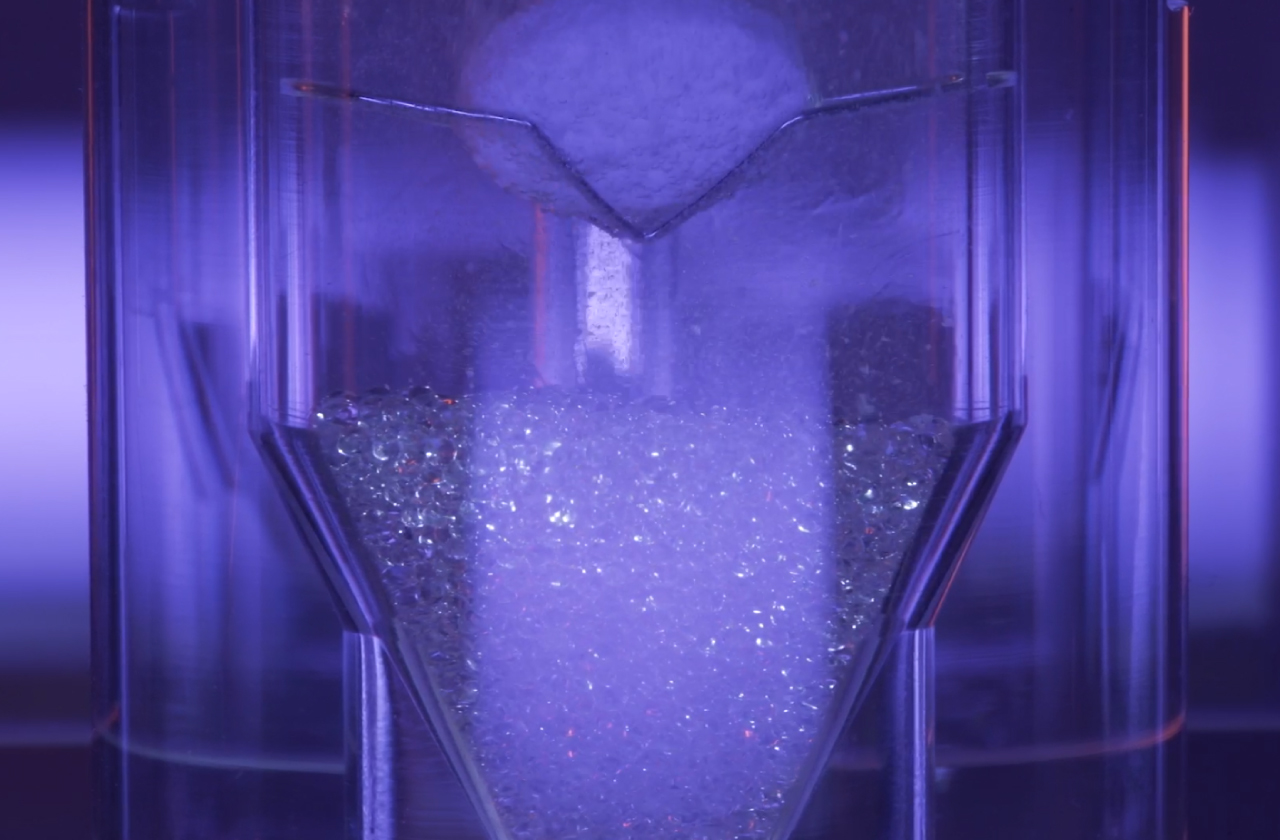News
28 March 2023
3D printed individualized oral dosage forms.
3D printing has opened up new opportunities and possibilities in many areas, including the development and manufacturing of pharmaceutical dosage forms.
Personalized pharmaceuticals are a key benefit of 3D printing. The ability to personalize drugs based on the needs of the patient is an interesting innovation. This applies, for example, to the type and dosage of the active ingredients and excipients introduced, but also to the design of the dosage form and the patient-specific release profiles to be achieved. Enhanced effectiveness can be achieved by designing customized and intricate shapes of medication forms, as well as by formulating and distributing the active ingredient (API) in a versatile manner to attain specific and/or intricate release profiles.
A recent example of this continuous development is coming from the Technical University of Braunschweig (Germany) in the form of a scientific publication. This research project aims at future truly individualized and reliable patient-centric pharmaceutical supply via 3D printing and the on-demand production of customizable combinative preparations. The intended complex drug release profiles, with an initial and a sustained release part, were verified using a SOTAX CE 7smart flow-through cell dissolution testing system.
"Modified release kinetics in dual filament 3D printed individualized oral dosage forms"
Published 01 August 2022
European Journal of Pharmaceutical Sciences, Volume 175.
Abstract:
"On demand production of totally customizable combinative preparations is a central goal of a patient-centric pharmaceutical supply chain. Additive manufacturing techniques like fused deposition modeling (FDM) could be key technologies towards such individualized dosage forms. As so far only a limited number of studies on 3D printed combinative preparations applying FDM have been reported, a core-shell dosage form was the focus of the present study. Dosage forms with an initial and a sustained release part with theophylline as model API were successfully produced applying a dual nozzle FDM 3D printer. [...]"
If your next developments are based on novel dosage forms, contact us to learn more about the possibilities of flow-through cell dissolution or drug release profile verification. Further interesting publications on this topic can be found in the links section below.
Links
- Digital Light Processing (DLP) 3D Printing of Atomoxetine Hydrochloride tablets Using Photoreactive Suspensions
- The Advent of a New Era in Digital Healthcare: A Role for 3D Printing Technologies in Drug Manufacturing?
- Development of immediate release 3-D-printed dosage forms for a porrly water-soluble drug by fused deposition modeling: Study of morphology, solid state and dissolution
- Fabrication of extended-release patient-tailored prednisolone tablets via fused deposition modeling (FDM) 3D printing
